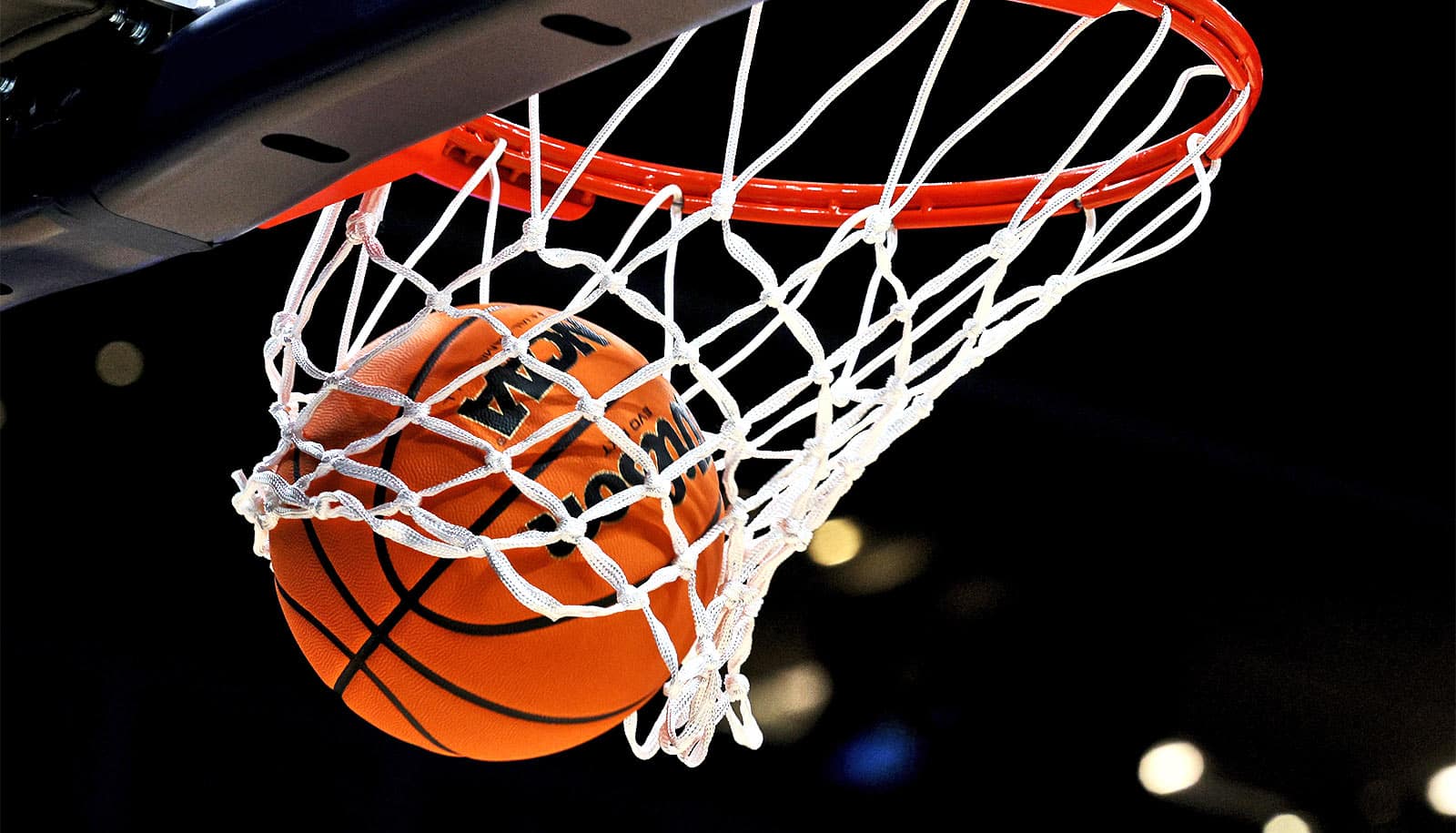Football players may soon have “digital twins” of their heads to help doctors predict where injuries might occur and diagnose them when they do.
The computer models would begin with baseline MRI scans of players’ skulls, blood vessel systems, and brains, taken in high school, says the engineer leading the project. Ideally, athletes would then update them every few years.
Because each individual’s brain is unique and reacts differently when stressed, says K.T. Ramesh of Johns Hopkins University, personalized digital head models will help medical professionals more quickly and effectively diagnose concussions.
“If we already have a history of scans when an athlete gets a head injury,” Ramesh says, “we can say that, based on the kind of person you are and the kind of event that occurred, it’s likely to be this kind of injury, and, therefore, medical professionals should perhaps use this kind of diagnostic procedure to look at it.”
Concern over the long-lasting impact of repeated concussions on football players and other athletes has in recent years skyrocketed in the public consciousness. The National Football League’s game-day protocol for concussion diagnosis and management took effect in 2011; the most recent update was in December, according to an NFL website.
Ramesh, a mechanical engineer and director of the Hopkins Extreme Materials Institute, has been researching traumatic brain injuries for years.
Most recently, he has collaborated with National Institutes of Health researchers and Jerry L. Prince, a professor in the Johns Hopkins department of electrical and computer engineering, in the creation of a digital head model.
Head injury, not concussion, may cause CTE
One key aspect of concussions is little understood by many people, Ramesh points out.
“You can get a concussion even without being hit in the head,” he says. “All you need to do is move the head fast enough.
“Let’s say you get hit on the side of the shoulder, and you hit the ground, shoulder first,” Ramesh says. “Your head may rotate rapidly, without ever hitting the ground. The impact is what most people think about, but the rotation may actually be more important in terms of concussion. So, the bigger danger may be when your head gets turned too fast.”
The digital head model project has financial support from the NIH.
Source: Johns Hopkins University



